Seasons
The Earth revolves around the Sun.
The tilt of the Earth's axis is the most important reason why seasons occur. The Earth's movement around the Sun causes seasons. The Earth is always tilted to one side as it orbits the Sun. So, when the North Pole tilts towards the Sun, it's summer in the northern hemisphere and winter in the southern hemisphere. When the South Pole tilts towards the Sun, it's summer in the southern hemisphere and winter in the northern hemisphere.
In many parts of the world, there are four main seasons. These are spring, summer, autumn (fall) and winter.
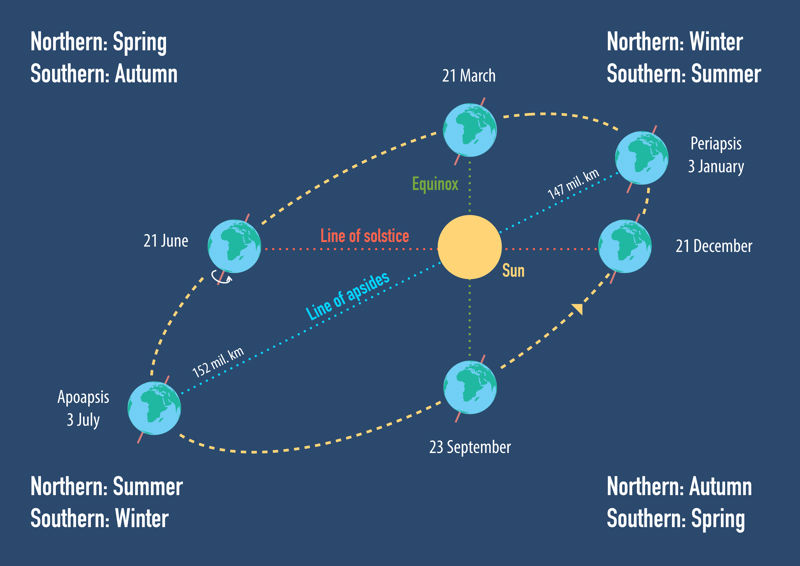
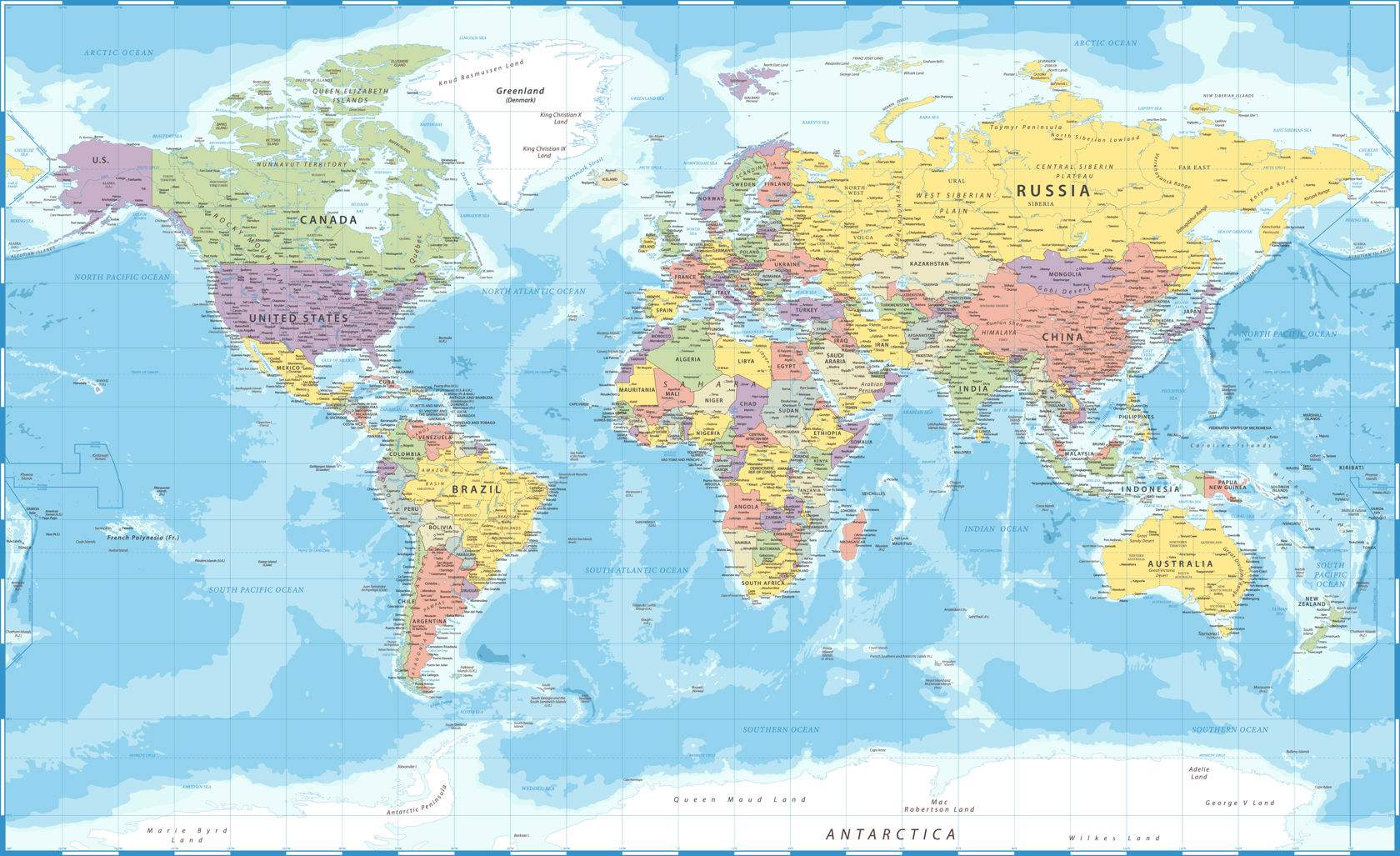
Seasons in Malaysia
In Malaysia and other parts of Southeast Asia, the year is divided into two main seasons: the dry season and the rainy season. These seasons are separated by brief inter-monsoon periods.
Dry season
The dry season is also known as the southwest monsoon. It takes place between May and September. The dry season is caused by dry and warm winds blowing from the southwest. During this time of year, the weather is dry and rainfall is rare. Light-loving plants like hibiscus thrive in the sunny weather. During the dry season, farmers grow plants like cucumber, long beans and okra. The dry season is the time for many outdoor festivals. It is also a popular time for tourists to visit Malaysia.
Rainy season
The rainy season is also called the northeast monsoon. It takes place between November and March. The rainy season is caused by humid winds blowing from the northeast, bringing heavy rain especially to the east coast. During this season, all of Malaysia receives plenty of rainfall. Water-loving plants like orchids and hydrangeas thrive during the rainy season. Rice fields also benefit from the abundant rainfall. During the rainy season, coastal communities must be prepared for storms.
Inter-monsoon periods
The two main seasons are separated by brief inter-monsoon periods. Two inter-monsoon periods occur during the year. The first one usually takes place between April and May. The second one usually occurs between October and November. During the inter-monsoon periods, the humidity is generally high, and the weather does not follow a clear pattern.
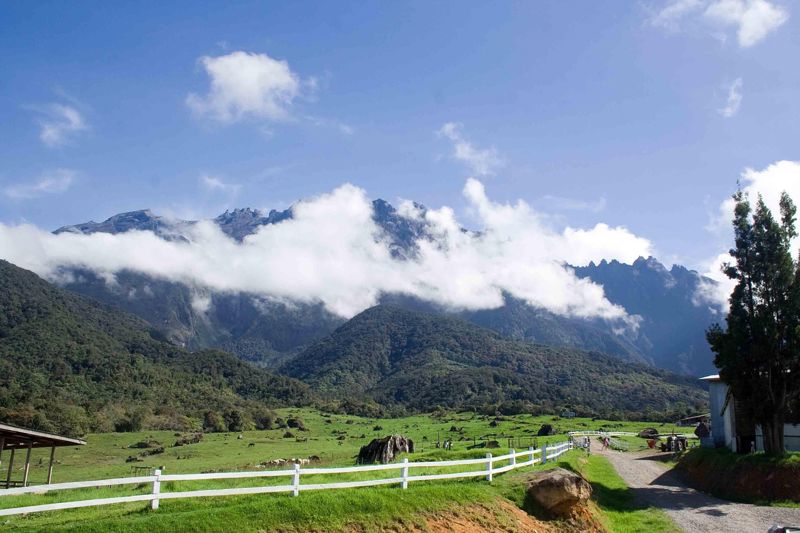

Weather
The term “weather” refers to the temporary conditions of the atmosphere, the layer of air that surrounds the Earth. We usually think of weather in terms of the state of the atmosphere in our own part of the world.
There are six main components, or parts, of weather. They are temperature, atmospheric pressure, humidity, clouds, precipitation, and wind. Together, these components describe the weather at any given time. These changing components, along with the knowledge of atmospheric processes, help meteorologists—scientists who study weather—forecast what the weather will be like in the near future.
- Temperature
- Tides
- Wind
- Rain
- Aurora borealis
- The moon
- Clouds
Temperature
Temperature refers to how hot or cold the atmosphere is. It is measured with a thermometer. Temperature can be measured in two ways: in Celsius (C) and in Fahrenheit (F).
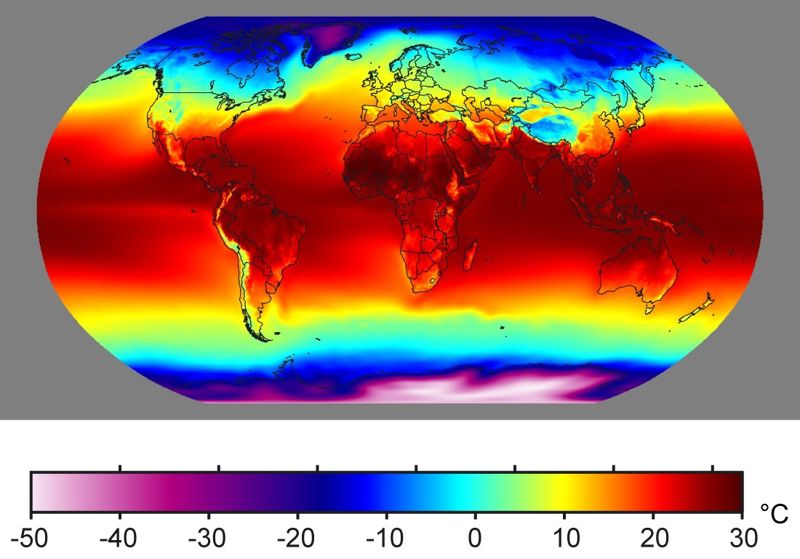
Atmospheric pressure
Atmospheric pressure is a result of the weight and density of the air. It changes as air becomes warmer or colder, because the temperature of air affects how dense it is.
Warm air is less dense than cold air. High-pressure weather systems tend to bring cooler temperatures and clear skies. On the other hand, low-pressure weather systems bring warm temperatures and more unsettled weather.

Humidity
Humidity describes the amount of water vapour in the air.
Warmer air can carry more water vapour than cooler air, which is why warm tropical climates often feel sticky.

Clouds
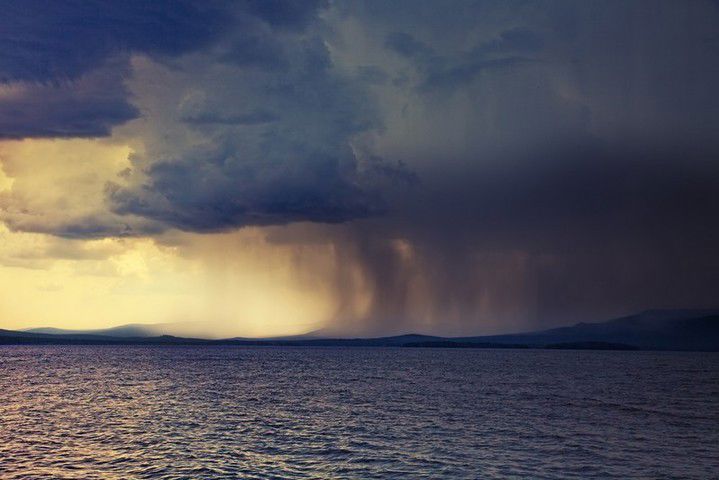
Clouds can affect the amount of sunlight reaching the Earth’s surface. Cloudy days are cooler than clear ones because clouds prevent more of the sun’s radiation from reaching the Earth’s surface. The opposite is true at night—then, clouds act as a blanket, keeping the Earth warm.
Precipitation

Precipitation is water released from clouds in the form of rain, freezing rain, sleet, snow, or hail. Precipitation is the main way atmospheric water returns to the surface of the Earth.
Rain is that falls down from clouds. When the Sun up the surfaces of bodies of water, the water becomes . It rises upwards in the atmosphere and forms .
When water vapour cools down in the upper atmosphere it is condensed into that begin to fall towards the planet's surface.
Wind
Wind is the movement of air, caused by the uneven heating of the Earth by the sun and the Earth's own rotation. Winds range from light breezes to natural hazards such as hurricanes and tornadoes. Windsocks indicate the relative speed and direction of the wind in a specific place.
An anemometer is an instrument that measures wind speed and wind pressure.
Wind speeds
Speed (m/s) | Description |
0–3 | Weak wind |
4–7 | Intermediate wind |
8–13 | Swift wind |
14–20 | Hard wind (wind warning) |
21–24 | Storm (storm warning) |
25–28 | Heavy storm (storm warning) |
29–32 | Severe storm (storm warning) |
>32 | Cyclone, hurricane, tornado |
Winds are formed when the Sun warms up Earth’s surface and the air above it. The warm air begins to rise, and new air flows to fill the space left by it. This flow is the wind.
Winds often lower the air temperature, as the new air that flows to replace warm air is usually cold. The flow of air itself also has a cooling effect. You can try this yourself by blowing air on the back of your hand.
Winds can sometimes be dangerous, especially in shore areas. Storms can make trees fall down and cause damage to buildings. The scientists that focus on studying and predicting the weather, meteorologists, try to warn people about storms and other dangerous weather conditions by issuing wind and storm warnings. In the summer, storms are often connected to thunder showers.
Wind speed is measured in metres per second (m/s). This unit describes how many metres the wind travels during the course of one second.
Climate
Climate is the long-term pattern of weather in a particular area. Weather can change from hour-to-hour, day-to-day, month-to-month or even year-to-year. A region’s weather patterns, usually tracked for at least 30 years, are considered its climate.
Difference between weather and climate
Weather and climate represent different aspects of Earth's atmospheric conditions. Weather refers to short-term, immediate atmospheric phenomena, while climate represents long-term average weather patterns observed over extended periods.

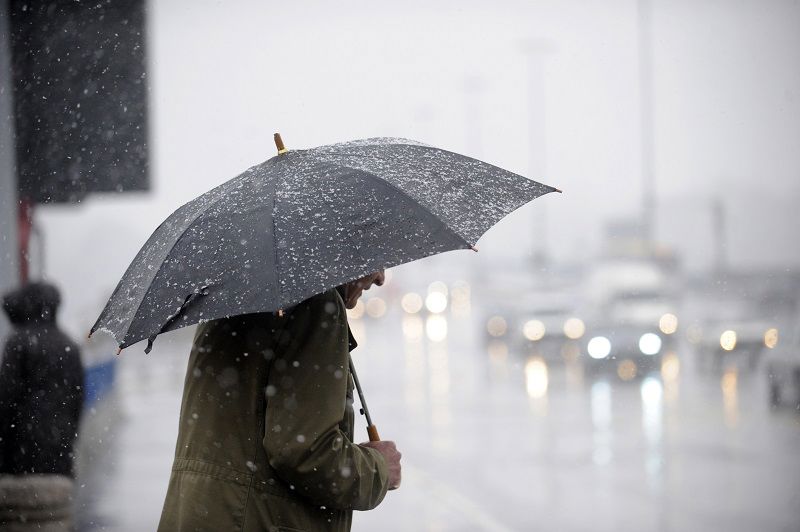
Predicting the weather

Meteorologists are scientists that study and predict the weather. They make weather observations on different time scales and compare their observations with various weather prediction models. These models are based on weather data gathered over the course of long periods of time. Sometimes, weather can behave in unexpected ways and cause the prediction to be wrong.
Specialised equipment such as rain radars are used to make short-term weather predictions. Rain radars measure the movement of rain clouds and compare this with observations about wind speed. As a result, the meteorologist can predict when and where it will rain. These predictions are often quite reliable.
You can find meteorological weather predictions on the internet, in newspapers and on the radio and television. You can also try to predict weather yourself by making observations about various weather phenomena. For example, tall and dark clouds often indicate approaching rain fronts.
Test your knowledge
- 0–3 m/s
- 4–7 m/s
- 14–20 m/s
- 25–28 m/s
- 29–32 m/s
- > 32 m/s
- Weak wind
- Intermediate wind
- Heavy wind (wind warning)
- Heavy storm (storm warning)
- Severe storm (storm warning)
- Cyclone, hurricane, tornado
